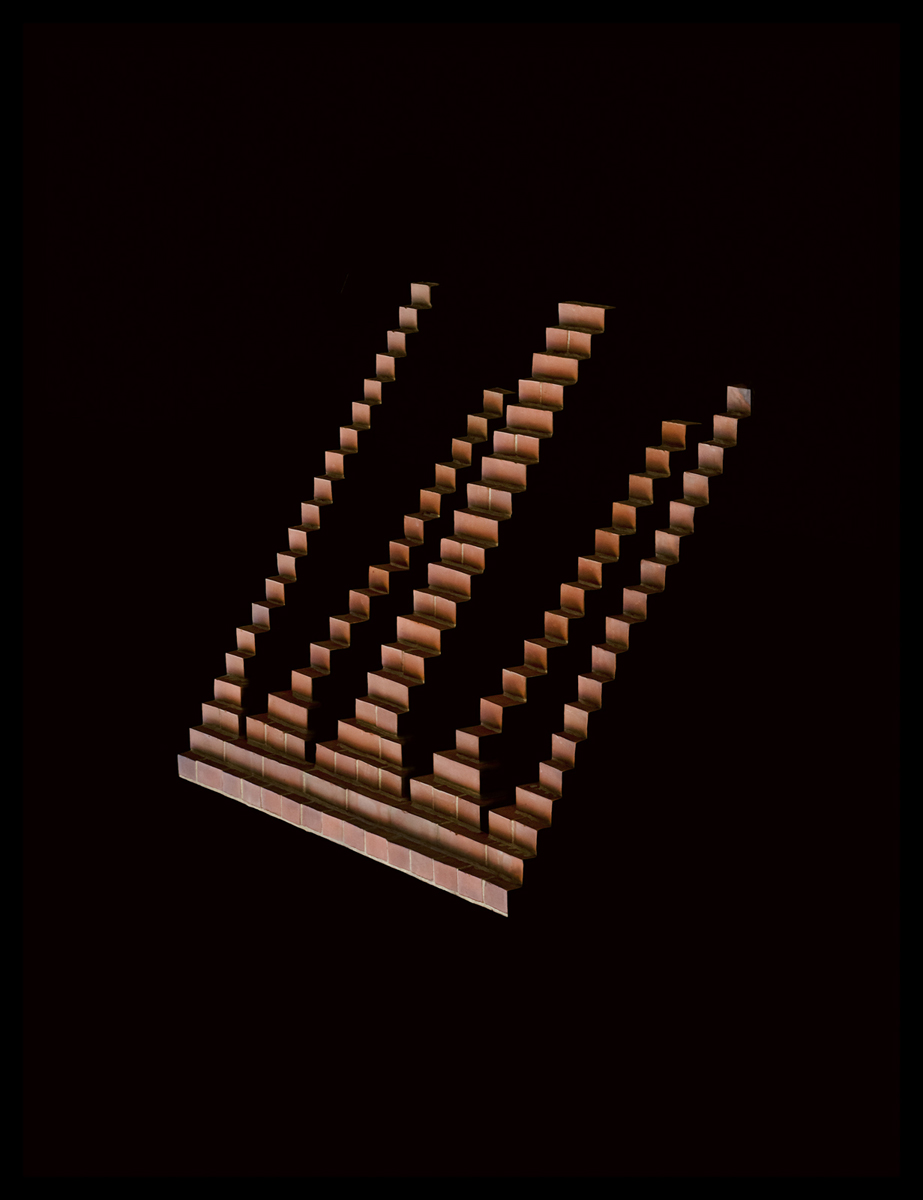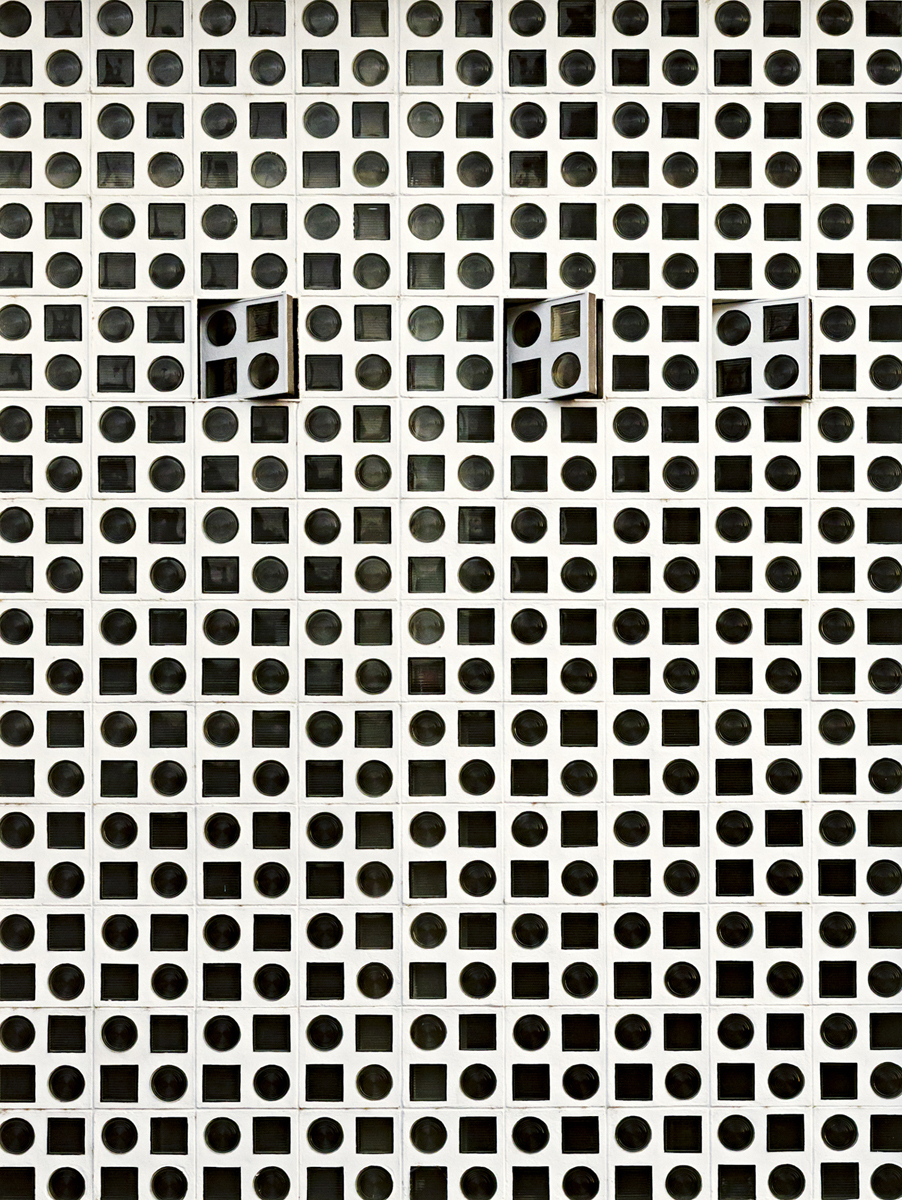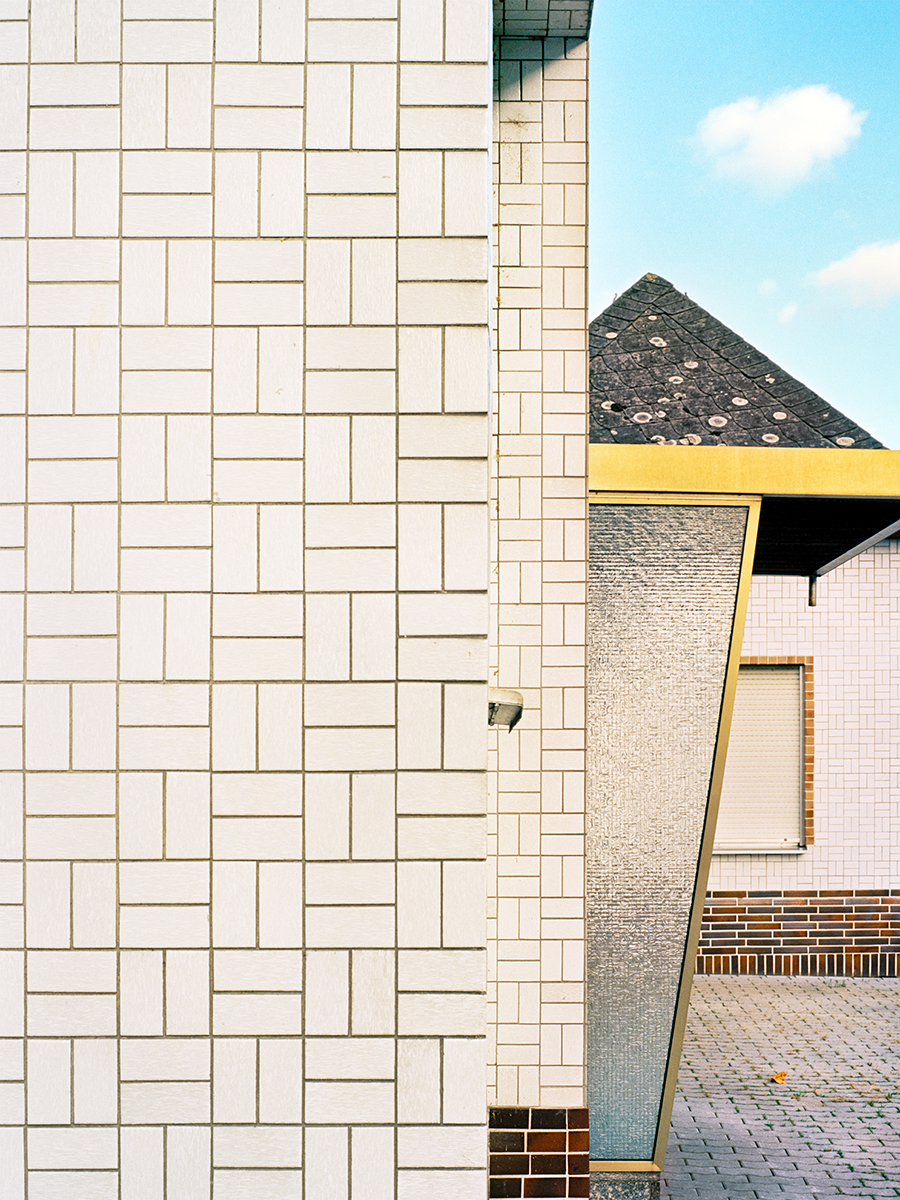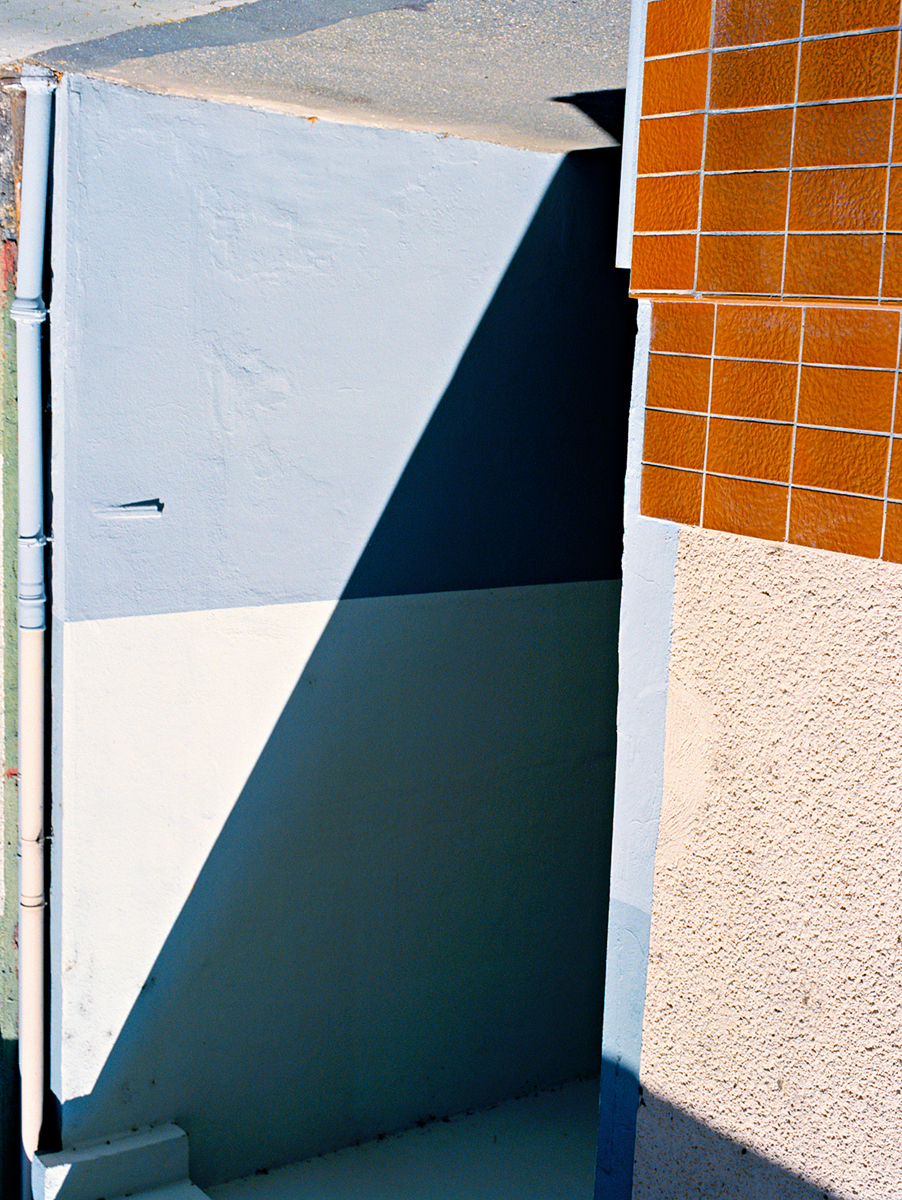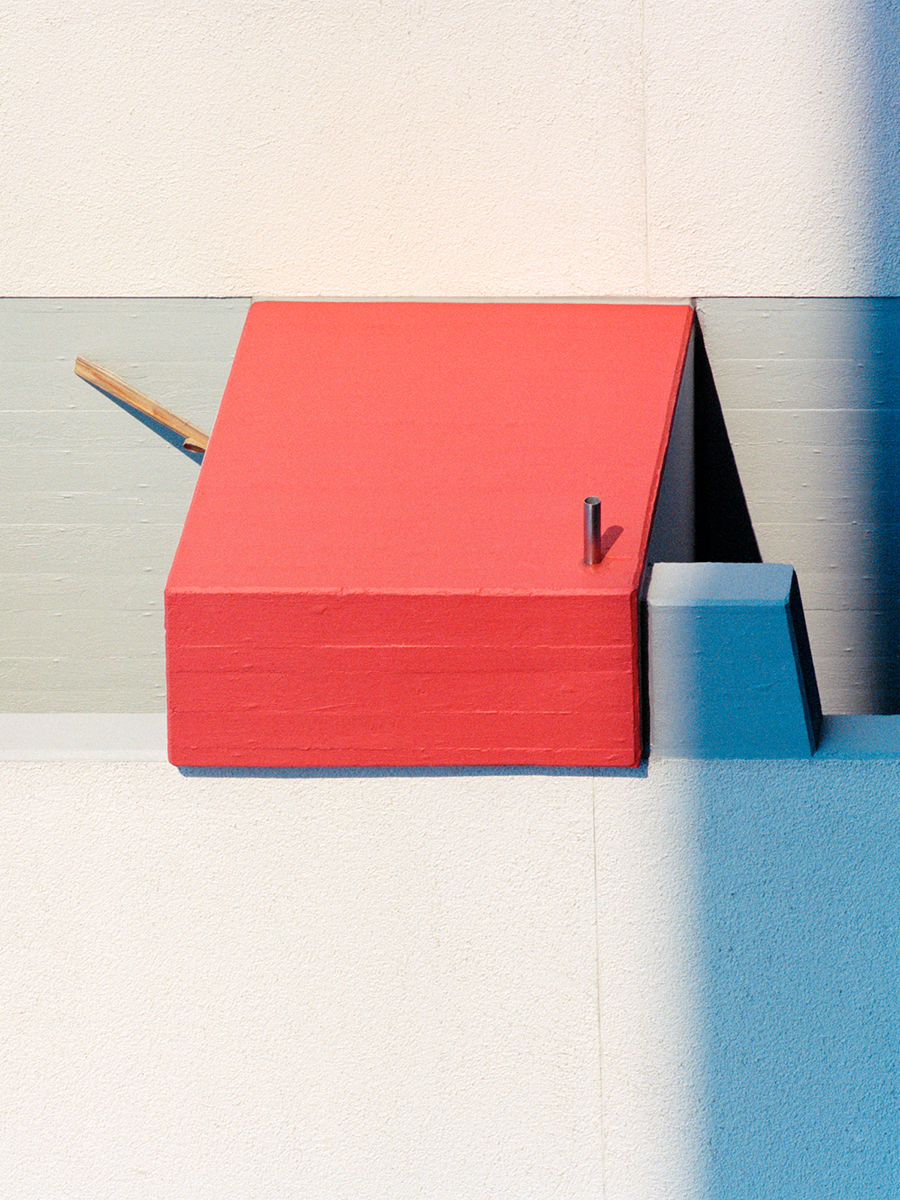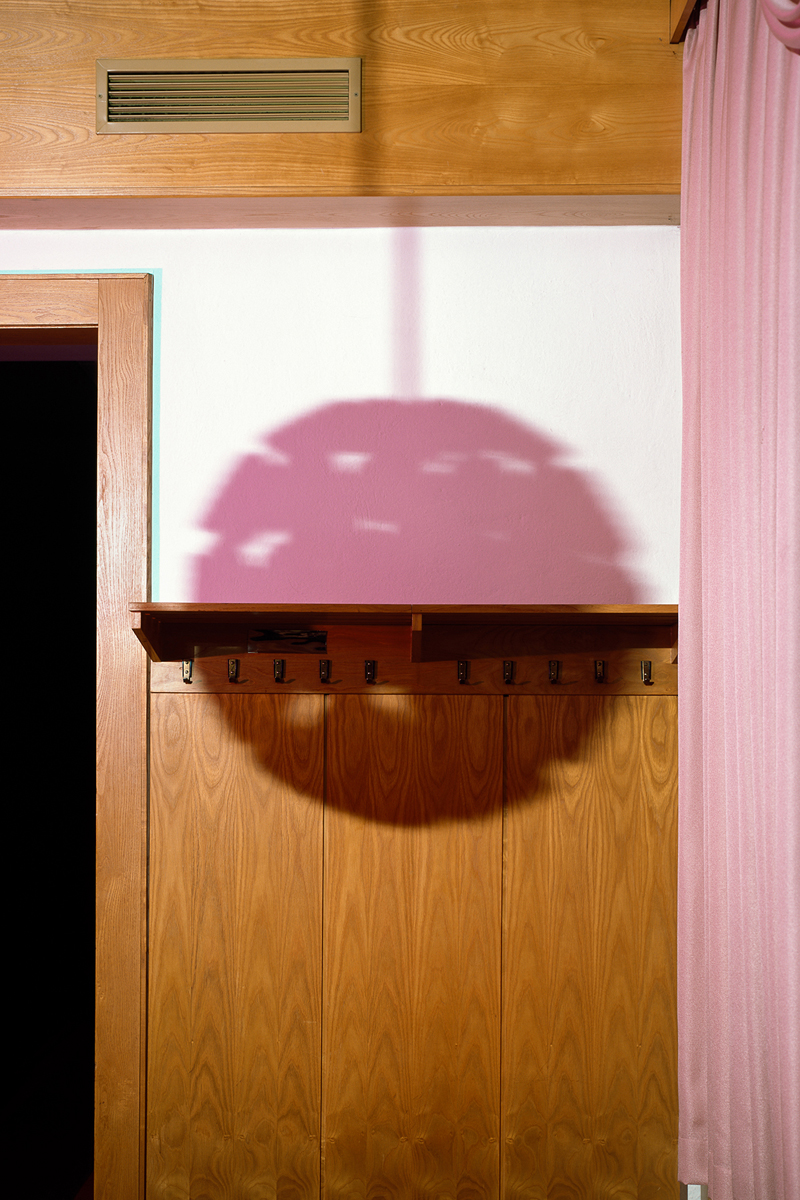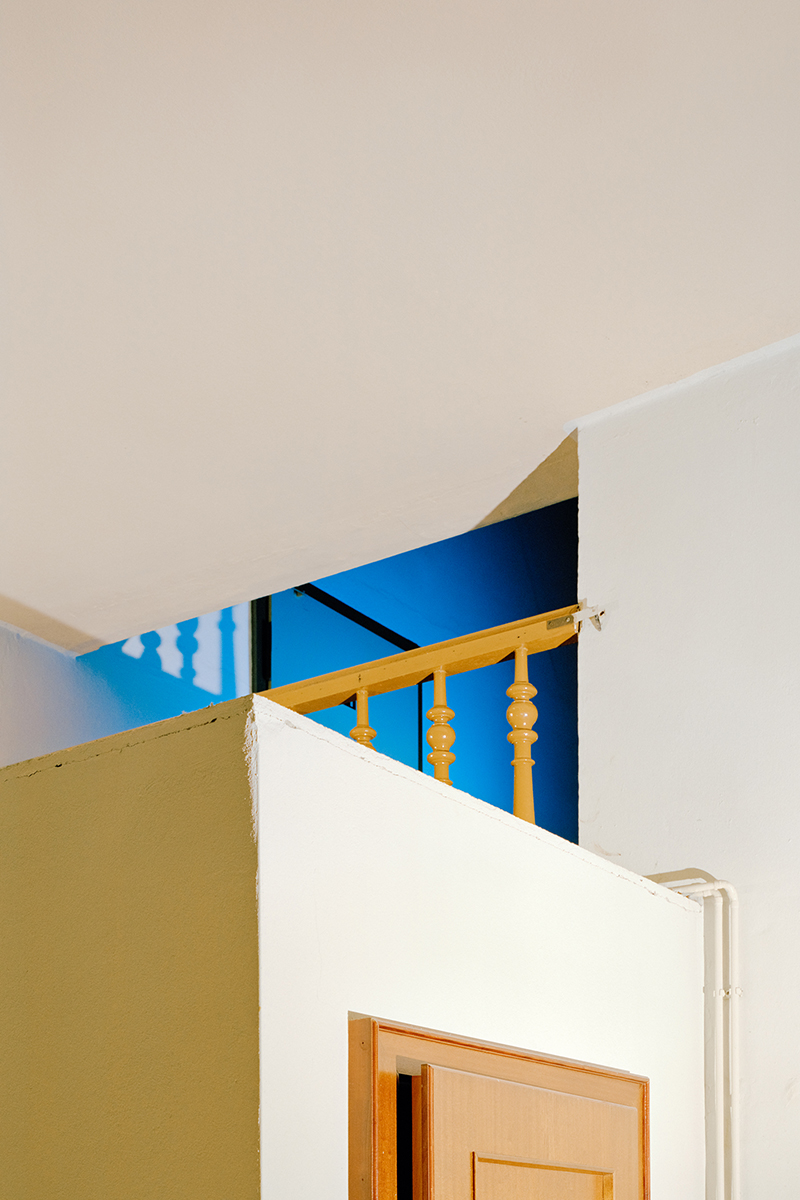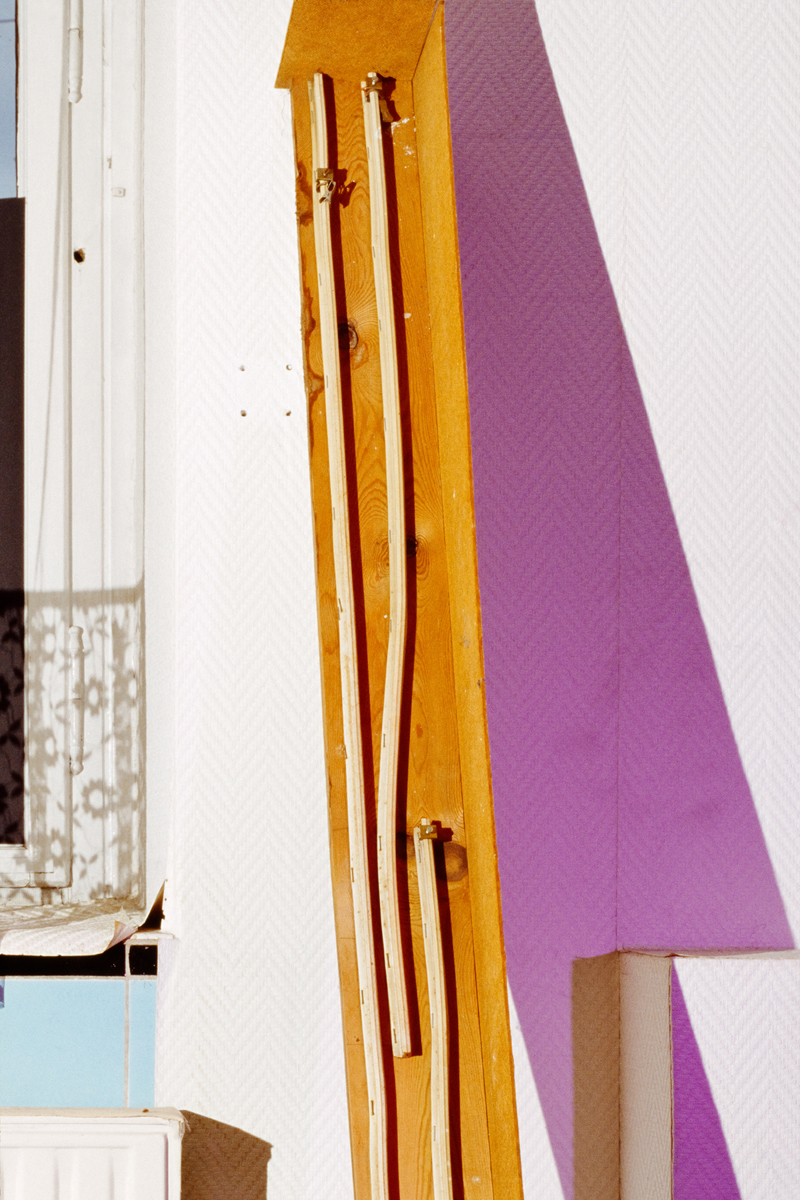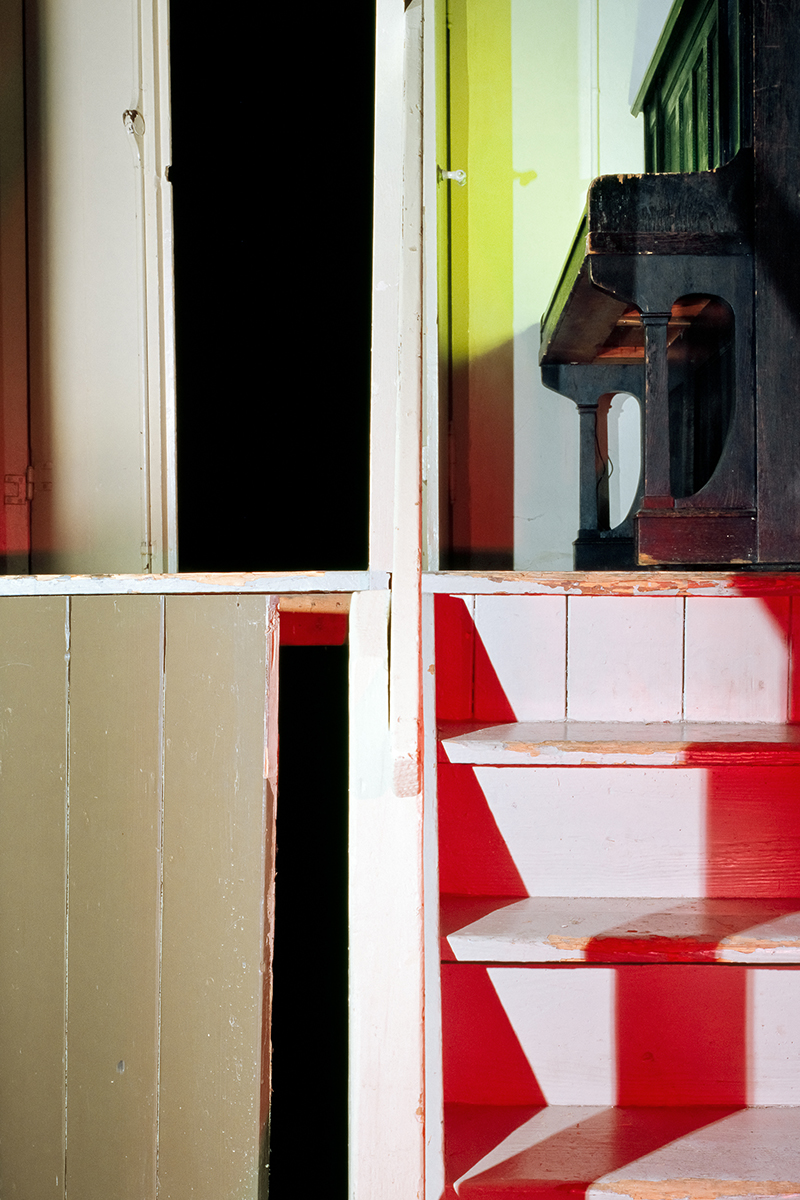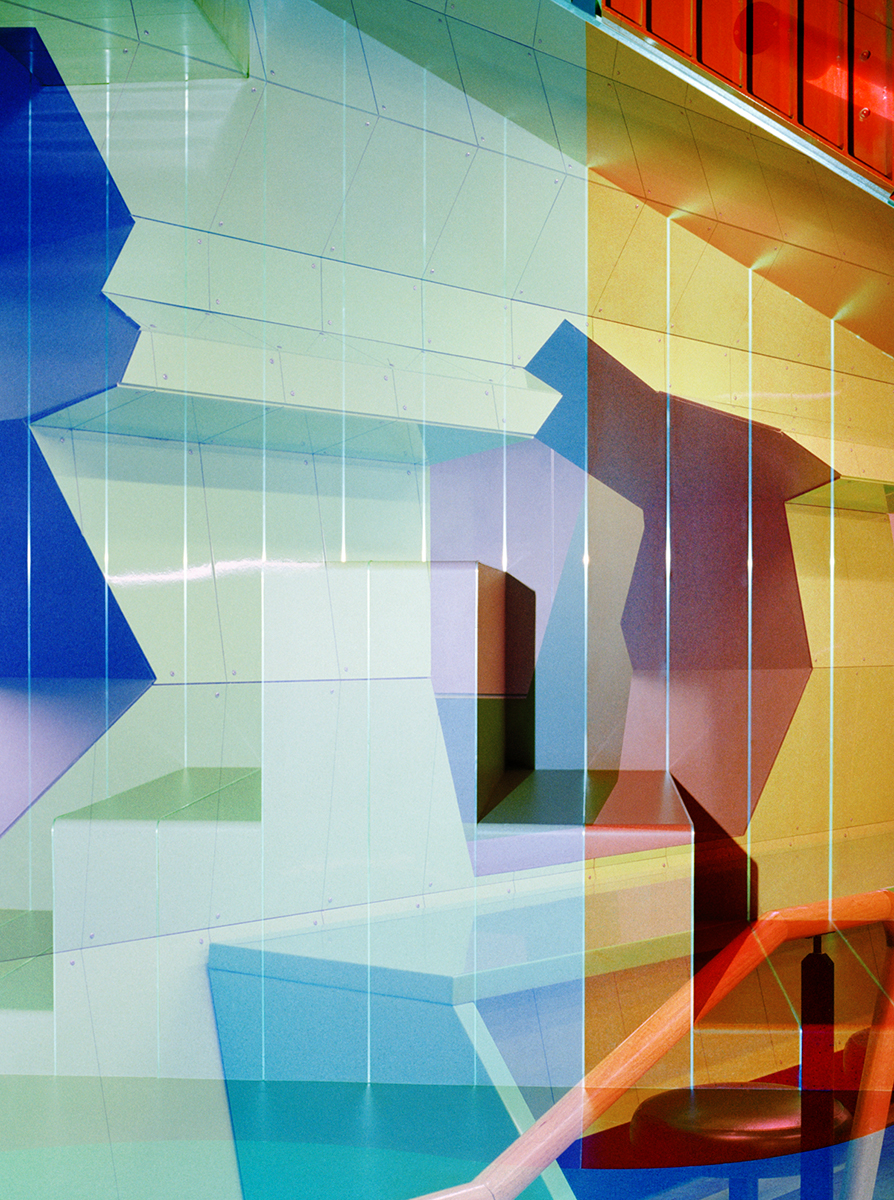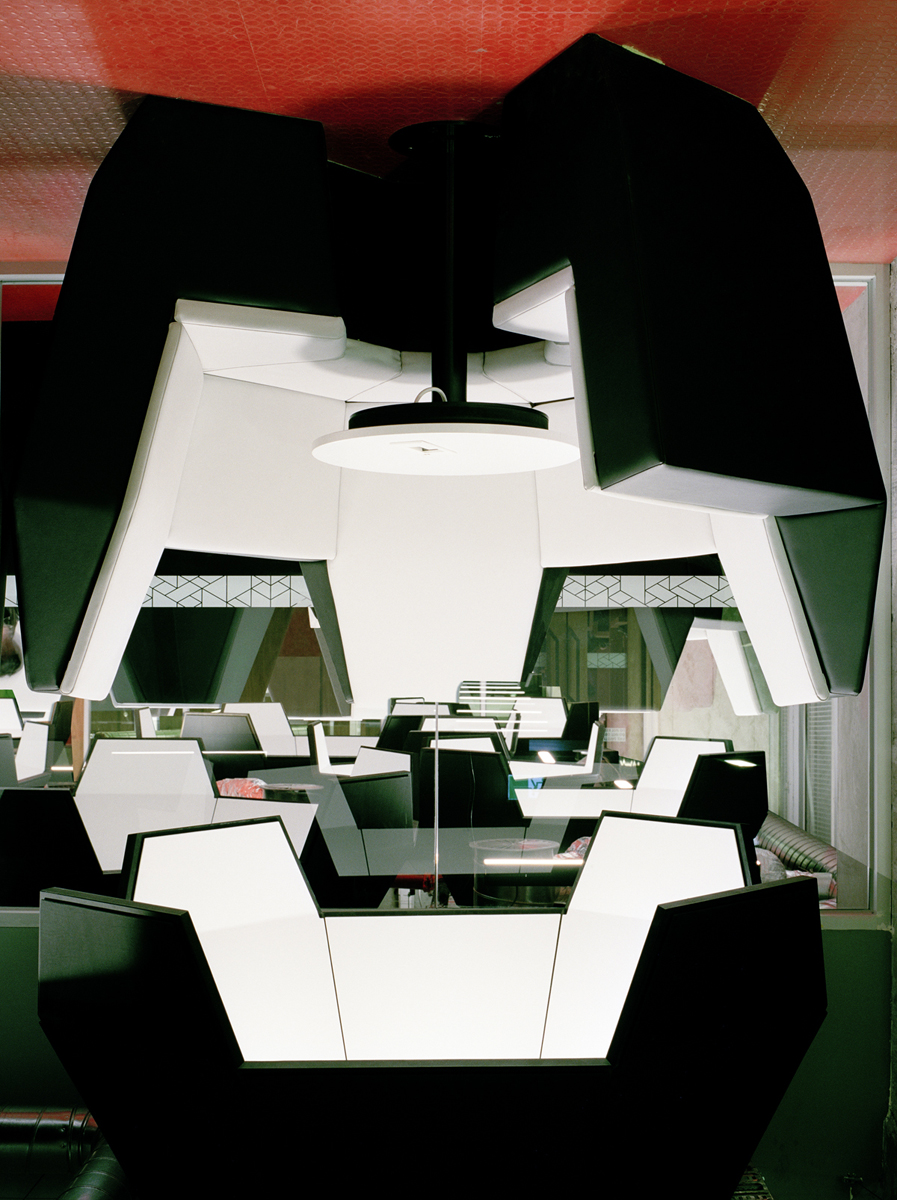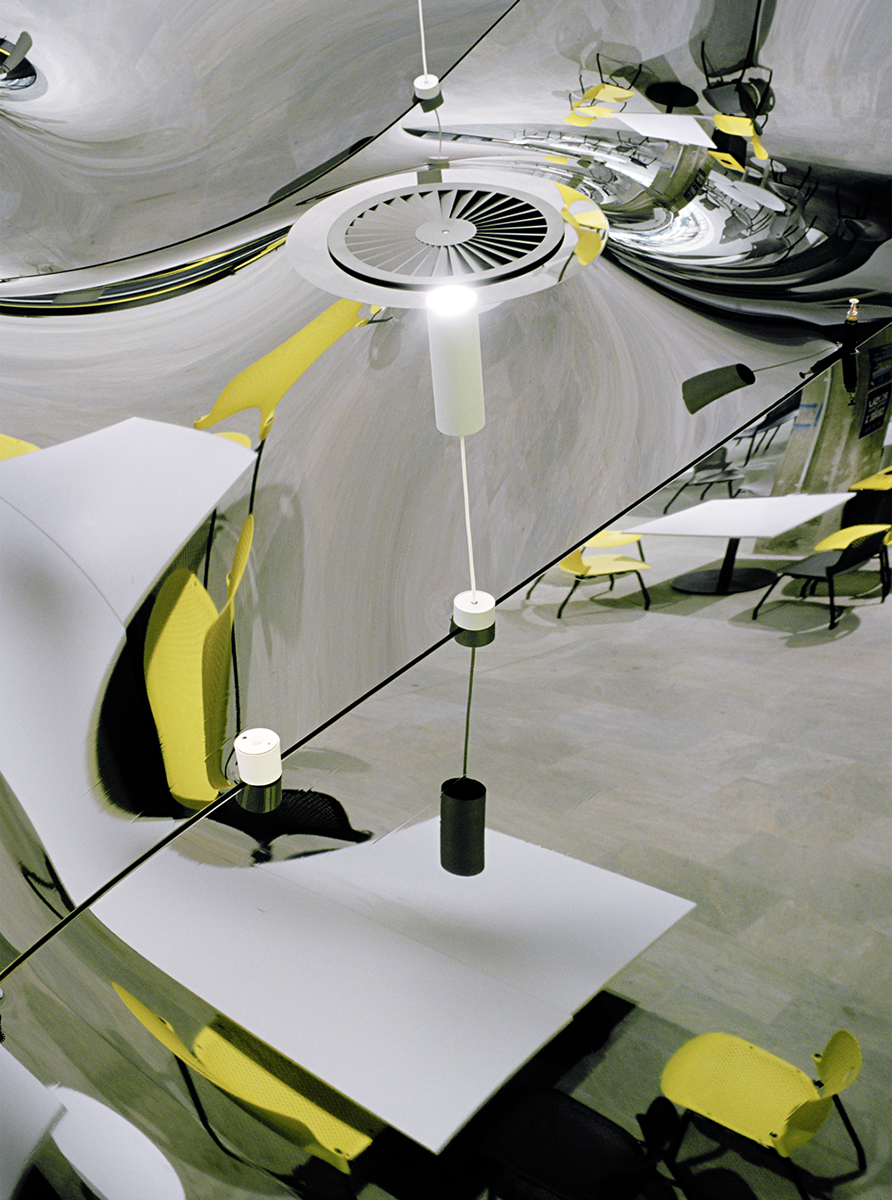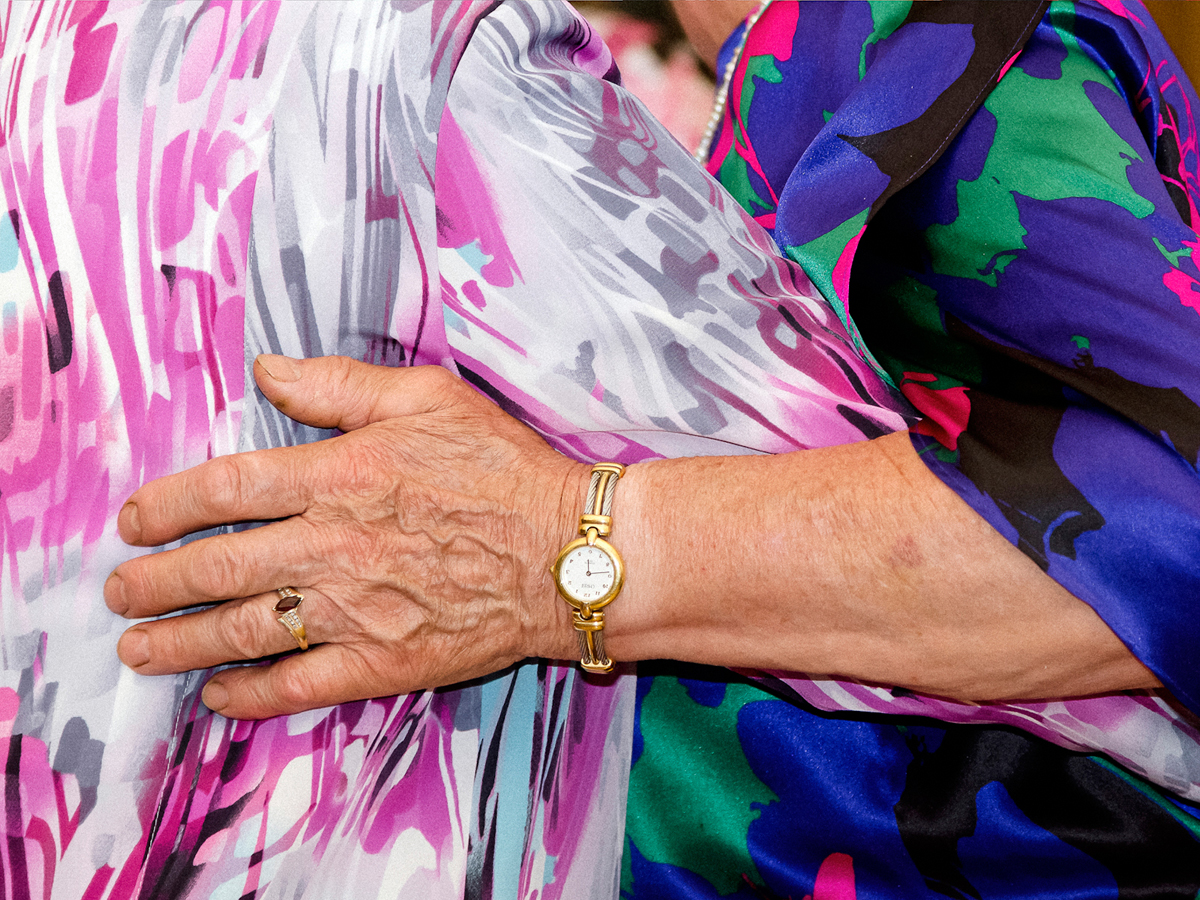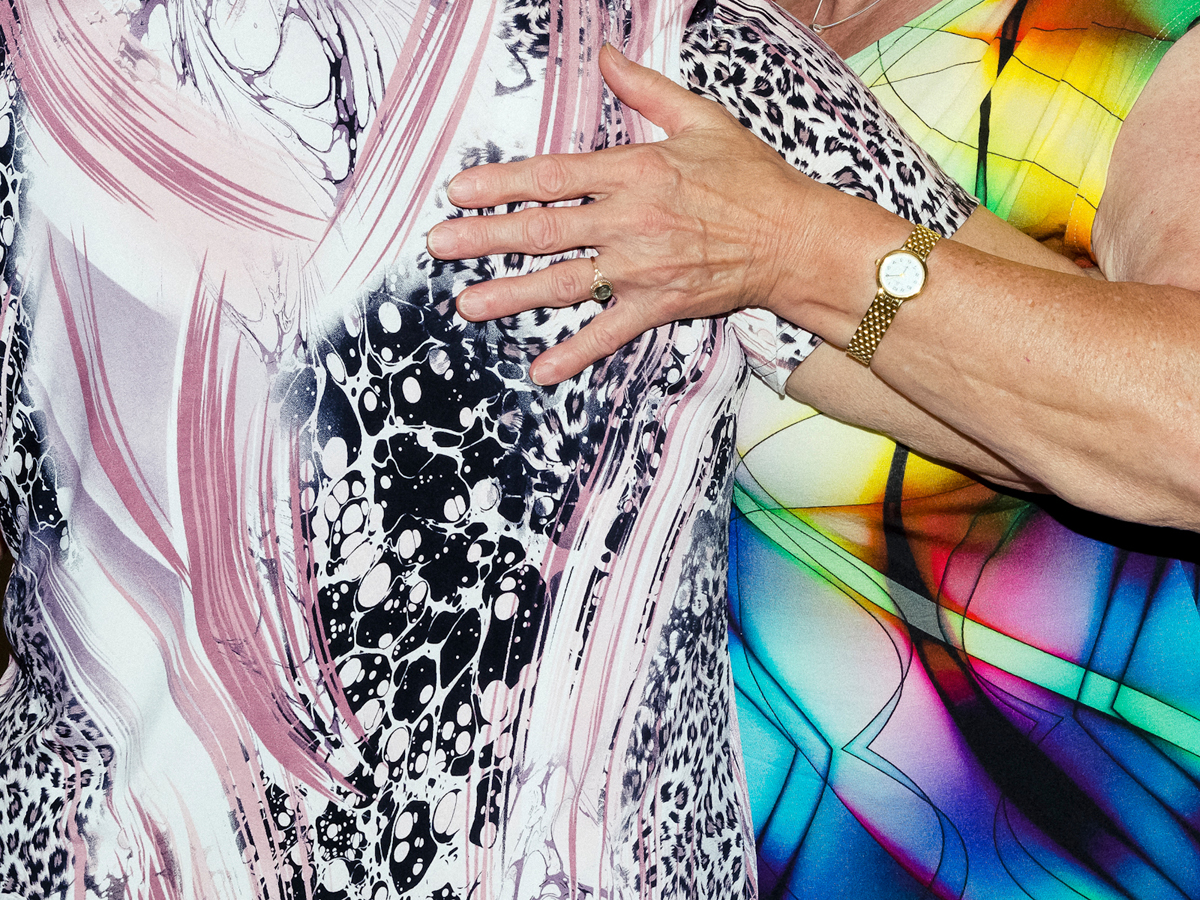Recent ING Unseen Talent Award winner, Andrea Grützner features on our Ideas on Talent series. We discuss how she came to photography, her approach to spaces and the difference between public and private.
PW: Could you explain about your background and how you came to photography?
AG: It was in the mid nineties, my Dad had the very first version of Photoshop and I loved to play around with it. It was amazing to morph me and my sister into marble stone relief on the screen. After a while I started to realize the potential to tell stories and invent your own spaces in front of your camera.
I studied communication design at the University of Applied Science Konstanz before going on to study photography on the master program in Bielefeld. I wanted to find out if photography was a good tool to begin communicating with my roots. Originally I am from a rural area in Saxony in Eastern Germany. We moved away when the wall came down and since then, we go back and forth several times a year to visit family members still living there.
PW: For anyone who isn’t familiar with your work, can you talk about your practice and what interests you?
AG: I am in particular interested in how we perceive spaces, both contextually and visually. You could say my work is an emotive anti architectural photography, hovering between the familiar and unfamiliar; realism and abstraction.




My work Erbgericht (guest house) stems from a devotion to a special building in Polenz in former GDR, where I’m originally from. Besides it’s attraction as a mysterious muse, this house works as a place holder for a couple of my interests. As an important cultural center for the rural community, it managed to survive five political systems [the German Empire, the Weimar Republic, the Nazi era, the Communist era, and today’s reunified Germany]. It’s an intriguing collage of historical layers – patterns, materials, and furniture from all these eras. We still celebrate every significant family festivity in its rooms. Yet, many memories of the population, including of my family, seem inaccessible to me. With their stories, they mentally seem to tint the space in multiple colors. It took me years to find an appropriate visual dialogue with that house. I ended up experimenting with filters in front of flashlights, which produce colorful, glowing shadows, inscribing themselves on to my analogue positive film material.


PW: Your work looks at architecture and public and private spaces. What attracts you to these spaces?
AG: In Erbgericht it definitively had something to do with my origin. It was important to have a particular place to focus on, which gave me the opportunity to talk to people other than my family. They all told me their very personal, intimate stories and emotions that are attached to the building. I think it’s striking how in some spaces the public and the private intertwine. How are they made? How can they be designed to offer a multitude of possible usages without being impersonal? How can you create open public spaces and still provide havens and areas of privacy in them? In my series Das Eck I explored facades of post-war architecture in the German city Koblenz. A facade is also something between the private and public, which can tell you things about the exterior and interior.



PW: Can you tell us about your process of image making? Some of your works look digital in their construction but I know these interventions take place in the space itself. Can you explain what we‘re looking at?
AG: I love photography for its complexity. It’s rooted in documentary aspects like the indexicality of the print. But you can basically turn everything upside down. It talks a lot about our perception of our environment. Of course, we have two eyes, and in a camera it is usually one, which makes an incredible difference in the ‘point of view’. And that is exactly the thing: photography nails things down. It stops time; it sharpens or softens reality; it manipulates; it concentrates. My pictures are often constructed through a precise camera angle, where things get connected in a weird way. This highlights the surreal and constructivist aspect of photographic pictures. But I am constantly searching for all different kinds of abstraction while I try to keep a certain balance between the descriptive aspects of the medium and the abstract ones.
PW: Congratulations on winning the ING Unseen Talent Award. What was the most valuable part of that process for you?
AG: Thank you! I really appreciated the thoughtful exchange between all five finalists and Nadav Kander. It was engaging to work on the theme of ‘common ground’. That’s the most motivating part about these kinds of contests; you start working on something new and immediately have great feedback from your fellows, other professionals and a bigger audience. Through this enriching communication platform and coaching structure, it also helps to create a valuable network.
PW: Could you tell us about the work you created for the award?
AG: The Center of Contemporary Photography Melbourne invited me to exhibit a solo show in early summer 2017. During my stay, the local University RMIT provided me a short term residency in one of their studios. The series I created, Hive is a photographic works shot throughout RMIT’s New Academic Street, a large area of the University currently undergoing a major reconstruction and transformation. The reconstructed contemporary education buildings are designed to provide spaces that are felt as common ground and spaces for knowledge sharing. They are meeting and learning environments for students. For me, these maze-like spaces work as a metaphor for the process of orientation, way finding and also alienation. Eclectic interiors draw links to retro computer games that require the player to advance from level to level. Other spaces within the buildings feel alive with the potential to enclose those within them, and some look like spatialised comic-strip pictures blown out to three-dimensions. Through subtle manipulations of my photographs, I highlight my responses to physical space through bold design, colour and form, whilst also revealing the uncanny that exists within these spaces. I like to question how architecture can have a direct performative power, and to what extent that power can determine human behaviour.


PW: Do you think awards and prizes are a key aspect to career progression for an emerging photographer?
AG: I would say they are part of the game. They can really help to broaden your visibility and to foster you – through providing platforms to showcase your work, sometimes with financial help and as a bullet point on your CV. It’s fantastic to have them and still important to keep track of the system, which makes the rules. There is a whole market around these prizes, festivals, portfolio reviews and talent awards. I like the democratic idea, often almost anyone can apply (well quite a few stop at age 35), which creates a different, much more globalized and diverse photography scene than before. It is great to meet people from around the world at the festivals.


PW: Finally, what’s next for you?
AG: In October, I started teaching photography at my former University in Konstanz. It’s fun, challenging and I learn a lot. After this semester, I will head over to New York in spring for 2 and a half months. I’m already curious what I’ll discover there. At the end of February, Federico Clavarino and I will also give a workshop in Lisbon‚ ‘Strategies against the map‘ in partnership with Ilha, which is open for everyone, although space is limited.
Andrea Grützner currently lives and works in Berlin and Konstanz. She earned her Master of Arts degree in photography from the Bielefeld University of Applied Sciences in 2014 and subsequently has shown at festivals, and in solo and group shows worldwide. Grützner received several awards, among others the Source Cord Prize in 2014, Gute Aussichten – Young German Photography Prize in 2014/2015, FOAM Talent 2016 and most recently the Jury Award of the ING Unseen Talent Award. Kerber Verlag published a monograph das Eck (The Corner) which was developed during the course of her grant in Koblenz as „Koblenzer Stadtfotografin 2015“. In addition, Andrea is also giving lectures, workshops and talks in various institutions. She is currently teaching on a regular basis at University Of Applied Sciences Konstanz – Germany.
See more of Andrea’s work here.
